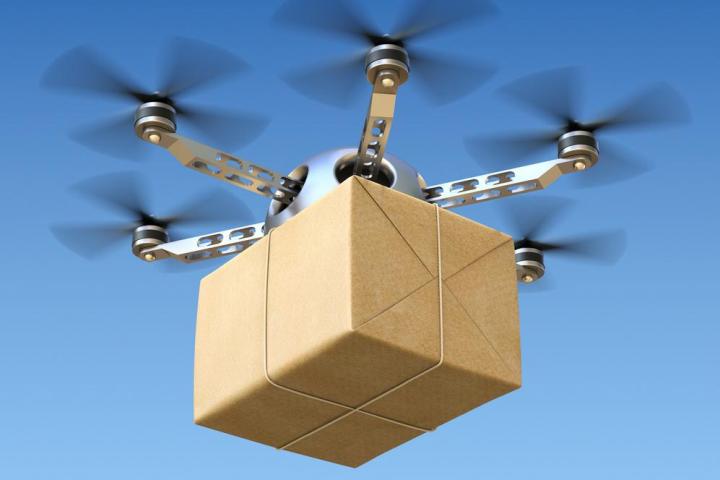
The Unmanned Aircraft Systems (UAS) Integration Pilot Program, announced by the Department of Transportation (DoT) and Federal Aviation Administration (FAA) on Wednesday, October 25 will help to “safely test and validate advanced operations for drones” with the aim of speeding up the integration of the technology into the national airspace “and to realize the benefits of unmanned technology in our economy,” the DoT said.
That will be music to the ears of the likes of Amazon and Google-parent Alphabet, two companies with big plans to use drones for delivering goods to people’s homes. It gives them the hope of launching drone delivery services sooner than expected and, depending on the forthcoming details of the program, may encourage them to set up drone testing bases on U.S. soil. Up to now, strict regulations have hindered the ability of many companies to test and develop their drone technology in the U.S., prompting Amazon and Alphabet to take jobs and expertise out of the country to research centers in the U.K. and Australia, among other places.
Drone delivery services would require the machines to fly beyond the line of sight of the operator, at night, and eventually over people in busier locations, but strict rules prohibiting such flights have up to now prevented businesses like Amazon from taking their plans to the next level. But the government’s program could potentially ease restrictions regarding such flights, the DoT said.
It added that industries that have the potential to immediately benefit from the program include commerce, photography, emergency management, precision agriculture, and infrastructure inspections and monitoring.
Increased cooperation
In the summer of 2016, the FAA released a new set of regulations governing commercial drone flights in the U.S., but separate rules put in place by local governments across the country sometimes clash with the FAA’s regulations, causing problems for those involved. Trump’s program is designed to encourage increased cooperation at all levels in a bid to pave the way for greater drone use by companies keen to exploit the relatively new technology.
Secretary of Transportation Elaine Chao said the initiative supports a commitment “to foster technological innovation that will be a catalyst for ideas that have the potential to change our day-to-day lives,” noting how drones are already “proving to be especially valuable in emergency situations, including assessing damage from natural disasters such as the recent hurricanes and the wildfires in California.”
The program certainly appears to be a step in the right direction as far as U.S. drone use goes. Amazon even acknowledged this in a tweet of thanks following the announcement. But all eyes will now be on how it is implemented and the extent of the actual changes it brings to the industry in the coming months.


